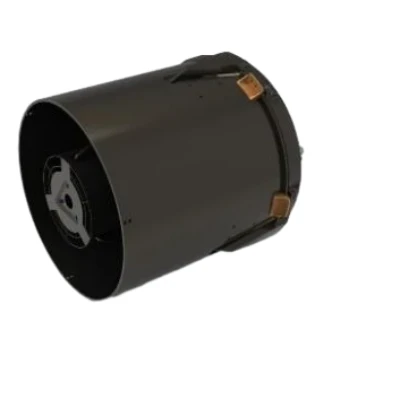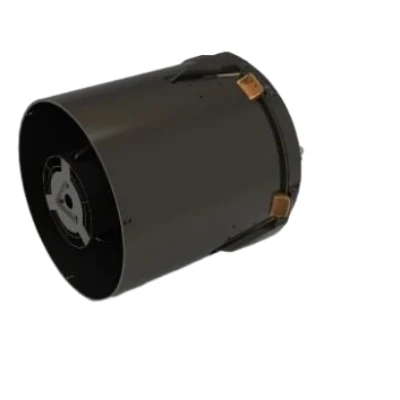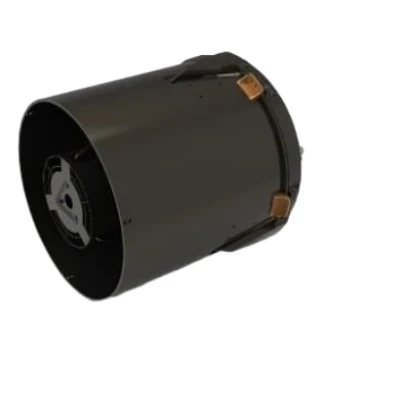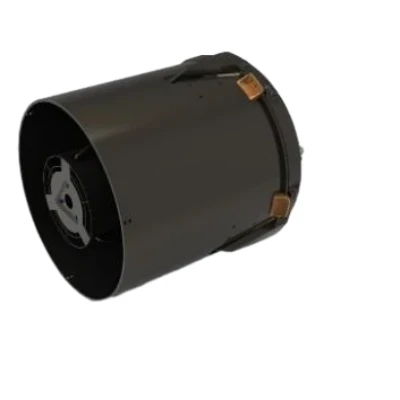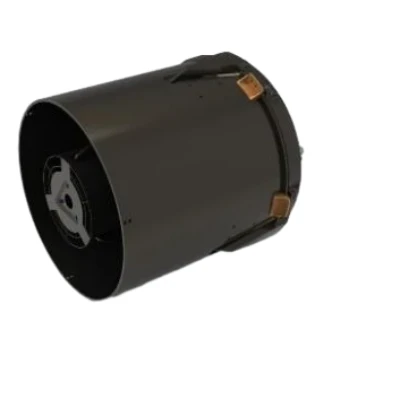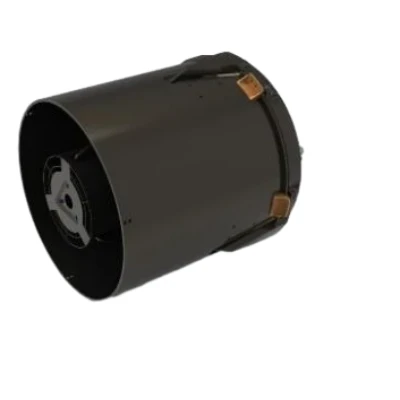
- الأفريقي
- الألبانية
- الأمهرية
- عربي
- الأرمنية
- أذربيجاني
- الباسكية
- البيلاروسية
- البنغالية
- البوسنية
- البلغارية
- الكاتالونية
- سيبوانو
- الصين
- كورسيكي
- الكرواتية
- التشيكية
- دانماركي
- هولندي
- إنجليزي
- الإسبرانتو
- الإستونية
- الفنلندية
- فرنسي
- الفريزية
- الجاليكية
- جورجي
- الألمانية
- اليونانية
- الغوجاراتية
- الكريولية الهايتية
- الهاوسا
- هاواي
- العبرية
- لا
- مياو
- المجرية
- الأيسلندية
- إيجبو
- اللغة الإندونيسية
- ايرلندي
- ايطالي
- اليابانية
- الجاوية
- كانادا
- الكازاخستانية
- الخميرية
- رواندية
- كوري
- كردي
- قيرغيزستان
- تَعَب
- اللاتينية
- اللاتفية
- الليتوانية
- اللوكسمبورغية
- المقدونية
- اللغة الملغاشية
- الملايو
- المالايالامية
- المالطية
- الماوري
- الماراثى
- المنغولية
- ميانمار
- النيبالية
- النرويجية
- النرويجية
- أوكيتاني
- البشتونية
- الفارسية
- بولندي
- البرتغالية
- البنجابية
- روماني
- الروسية
- ساموا
- الغيلية الاسكتلندية
- الصربية
- إنجليزي
- شونا
- السندية
- السنهالية
- السلوفاكية
- السلوفينية
- الصومالية
- الأسبانية
- اللغة السوندانية
- السواحلية
- السويدية
- التاغالوغية
- الطاجيكية
- التاميلية
- التتار
- التيلجو
- تايلاندي
- اللغة التركية
- تركمان
- الأوكرانية
- الأردية
- الأويغور
- الأوزبكية
- الفيتنامية
- الويلزية
- يساعد
- اليديشية
- اليوروبا
- الزولو
Remote Sensing Data Examples: Exploring Diverse Sources of Earth Observation Information
The field of remote sensing relies heavily on the collection and analysis of various types of data to understand Earth's surface and atmosphere. Recognizing remote sensing data examples is essential for professionals and enthusiasts to appreciate the breadth and depth of information available through satellite and airborne technologies. From multispectral images to radar scans, diverse datasets enable a wide range of applications in environmental monitoring, urban planning, agriculture, and disaster management. This article will provide an overview of common remote sensing data examples, explain how to access remote sensing data free and remote sensing data online, discuss the remote sensing process, and highlight the advantages of remote sensing. We will also revisit what is remote sensing in Geography and discuss the role of very high-resolution satellite imagery free in enhancing data quality.
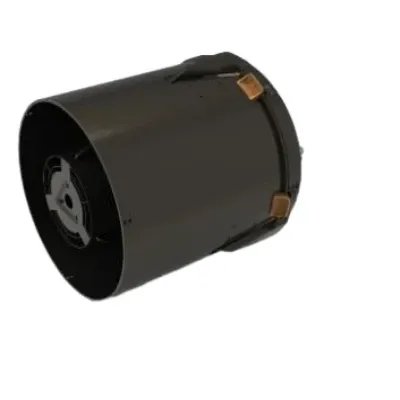
Common Remote Sensing Data Examples and Their Characteristics
Remote sensing data examples include a variety of sensor outputs that capture different properties of the Earth's surface and atmosphere. Some widely used data types are:
Multispectral Imagery: Captures data in multiple wavelengths, including visible and infrared bands. Used extensively in vegetation analysis, water quality assessment, and land use classification. Examples include Landsat and Sentinel-2 imagery.
Hyperspectral Imagery: Provides data in hundreds of narrow spectral bands, allowing detailed material identification. It’s valuable in mineral exploration, agriculture, and environmental monitoring.
Synthetic Aperture Radar (SAR): An active remote sensing method that uses microwave radar pulses to generate images. It penetrates clouds and works day or night, useful for topography, soil moisture, and flood mapping.
Thermal Infrared Data: Measures emitted heat from surfaces, useful in monitoring urban heat islands, volcanic activity, and ocean temperature.
LiDAR (Light Detection and Ranging): Uses laser pulses to create high-resolution 3D models of terrain and vegetation structure.
Digital Elevation Models (DEMs): Represent the Earth's surface elevation, crucial for hydrology, geomorphology, and urban planning.
These remote sensing data examples serve as foundational elements for many geospatial analyses.
Accessing Remote Sensing Data Free and Online
The accessibility of remote sensing data free has improved drastically, thanks to open data policies from government agencies and international collaborations. Platforms hosting remote sensing data online include:
USGS Earth Explorer: Provides free access to Landsat and other satellite data with various spatial and temporal resolutions.
Copernicus Open Access Hub: Distributes Sentinel satellite data covering multispectral and radar images.
NASA’s LP DAAC: Offers a wide range of environmental datasets derived from multiple satellite missions.
These platforms enable users worldwide to download high-quality satellite data at no cost. Many datasets include very high-resolution satellite imagery free, making them suitable for detailed mapping and analysis.
Mobile high resolution satellite apps also provide convenient ways to visualize and utilize remote sensing data online, allowing users to explore geographic information in real-time.
The Remote Sensing Process and Its Advantages
Understanding the remote sensing process is critical for interpreting data accurately. It begins with data acquisition by satellite or airborne sensors, followed by transmission to ground stations. Raw data undergoes preprocessing steps like radiometric and geometric corrections to remove distortions caused by sensor errors, atmosphere, or Earth curvature.
Next, image processing techniques such as classification, segmentation, and change detection are applied. Analysts then interpret the processed images to extract meaningful information relevant to specific applications.
The advantages of remote sensing include the ability to collect data over vast and inaccessible areas without physical presence. It provides repetitive coverage, facilitating monitoring over time. Remote sensing enhances the efficiency of environmental assessments, disaster management, and resource monitoring, often complementing ground-based observations.
What Is Remote Sensing in Geography and Its Applications
What is remote sensing in Geography? It is a technology that enables geographers to gather information about the Earth's physical features and human activities using remote sensing instruments. This technology supports spatial analysis, environmental monitoring, and geographic modeling.
The application of remote sensing in geography includes land cover classification, urban growth monitoring, natural disaster assessment, and climate change studies. Access to very high-resolution satellite imagery free enriches these applications by providing detailed views that reveal small-scale features such as individual buildings, roads, and vegetation patches.
Conclusion
In summary, remote sensing data examples are diverse and vital for understanding the Earth’s surface and atmospheric conditions. The availability of remote sensing data free and remote sensing data online democratizes access to these valuable datasets, supporting a broad range of scientific, commercial, and educational uses.
By grasping the remote sensing process and appreciating the advantages of remote sensing, users can better leverage satellite data for practical applications. Understanding what is remote sensing in Geography and utilizing very high-resolution satellite imagery free further enhances the capacity to monitor and manage our dynamic planet.






